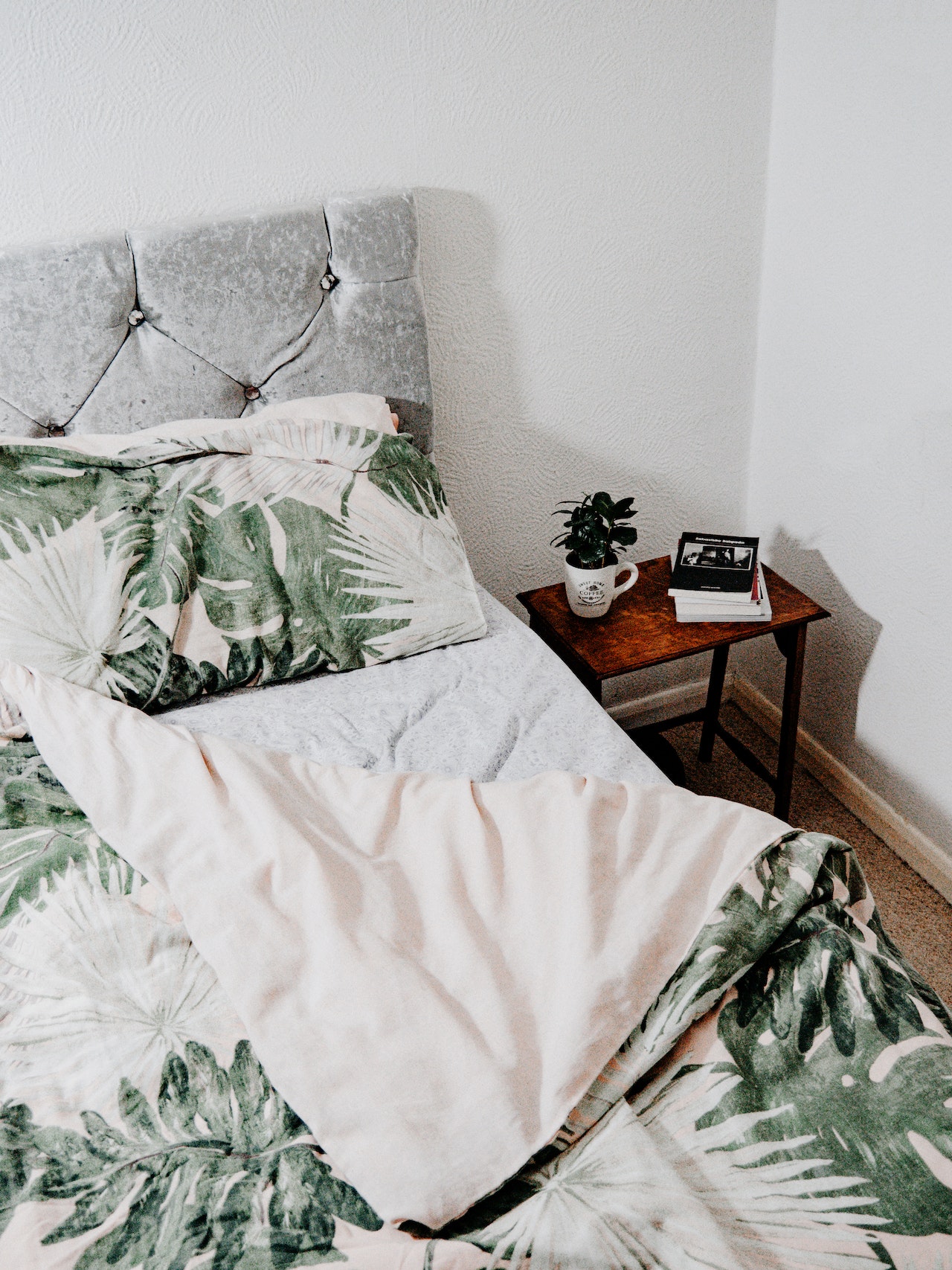Peaksurgicals sort of surgery requires a variety of components and equipment. Often, doctors are called to treat and heal wounds, particularly following invasive surgery. Typically, the wound takes several days to heal, and the doctor closes it to prevent bleeding and infection. This success is due to the use of surgical tools and methods that are often called “surgical sutures.” This article discusses several forms of surgical sutures.
Surgical Sutures Overview
The term “stitch” is frequently mistaken with the term “suture.” Contrarily, a suture is the name of the medical tool that the doctor uses to repair the wound, whereas stitching is the method that the doctor uses to close the wound.
A surgical suture is one of the most frequent surgical devices used by physicians. Sutures assist in reattaching body tissues after surgery or injury. Sutures are typically applied with a needle with a thread attached to it. Now, doctors can choose from a wide range of surgical sutures that come in different sizes, shapes, and types of thread.
The many types of sutures can be classified in numerous ways.
- Suture material is either absorbable or nonabsorbable to begin with.
- The doctor does not need to remove absorbable sutures. This is because the tissues of your body contain enzymes that naturally breakdown them.
- Doctors must remove nonabsorbable sutures at a later date or, in certain situations, leave them in place eternally.
The suture material might also be classified according to its real structure. Sutures made of monofilament consist of a single thread. This facilitates the suture’s passage through tissues. Sutures that are braided are composed of multiple tiny threads that are woven together. This can improve security, but at the cost of a higher infection risk.
The nature of sutures can be classified as either natural or synthetic. Yet, because every suture material is sterile, this distinction is without significance.
Catgut is a natural, absorbable, monofilament suture with a high tensile strength. For the purpose of holding tissues together, the suture retains maximum strength. Catgut is a smooth and flexible suture with good knotting that, depending on its size, dissolves completely in 60 to 120 days. The eventual dissolution of this suture makes it appropriate for use in rapidly healing tissues.
• Polydioxanone (PDS): This synthetic monofilament suture is used to heal soft-tissue wounds and abdominal closures. Surgeons also use this suture during pediatric cardiac operations.
• Poliglecaprone (MONOCRYL): This monofilament synthetic suture is typically used for soft tissue healing. This product is contraindicated for cardiovascular and neurological procedures. This stitch is most frequently used to close the skin invisibly.
• Polyglactin (Vicryl): A tissue that lines the joint and surrounds it with a capsule. To lubricate the joint, synovial fluid (a transparent, sticky fluid) is secreted by the synovial membrane.
Nonabsorbable Suture Types
Any non-absorbable suture can be used to fix soft tissue, even in procedures for the heart and brain.
• Nylon. a natural monofilament suture.
• Polypropylene (Prolene). a monofilament synthetic suture.
• Silk. A braided organic suture.
• Polyester (Ethibond). a synthetic braided suture.
Needlestite Suture
Doctors use suture needles to place stitches in the tissues. The needle delivers the substance through the wound with minimal damage. Most of the time, these needles are both stiff enough to not bend and bendable enough to bend before breaking. Doctors may also use a thin needle to decrease trauma, depending on the severity of the wound. In addition, it must be sharp enough to penetrate tissue with minimal penetration. The needle should be sturdy to allow for precise placement. Typically, suture needles are comprised of stainless steel with the following components:
- The sharp suture needle punctures and spreads the tissues with minimal cutting, and it is utilised in locations where leakage must be prevented.
- The purpose of the blunt suture needles is to puncture muscle and fascia. It can be utilised to reduce the incidence of blood-borne illnesses resulting from needle-stick injuries.
- Beginning at the maximum point of the needle’s body and extending towards the needle’s tip, the needlepoint delicately pierces tissue. It can either be sharp or dull.
The shape of the different types of suture needles varies with curvature and is described in relation to the circumference of the finished circle. The most frequent curvatures include 14, 12, 3/8, 5/8, etc.
Peak surgicals makes surgical instruments out of German stainless steel. It was started more than 30 years ago by experts in the field of surgical instruments. This means we can stick by our claim that our surgical instruments include a lifetime warranty





